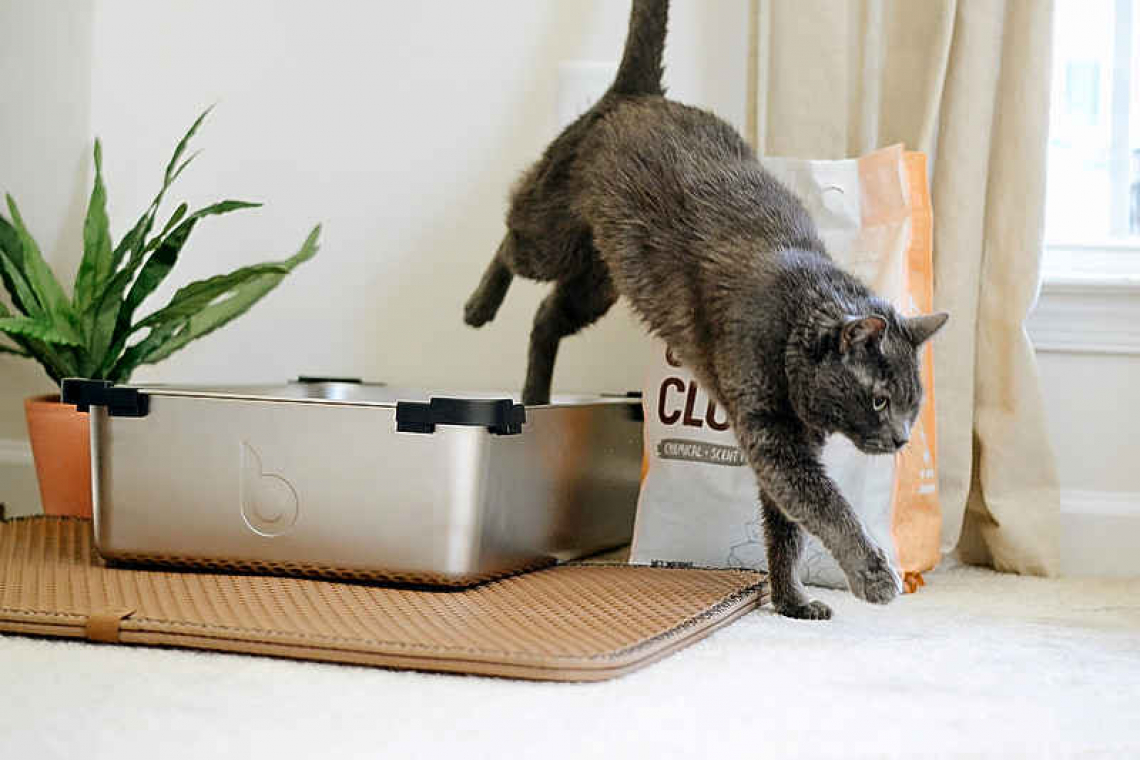By Colin Michie FRCPCH FRSPH FLS RNutr FRSA and Prof. of Veterinary Medicine Pat Kelly
Cats are experienced international travellers. Skilled rodent controllers and stowaways, these animals have shared our homes since farming began. Feline relationships, however, are not always beneficial.
Cats are the main hosts for one of the world’s most successful and ancient parasites – toxoplasma gondii. This infects mammals, amphibians and reptiles, so cats effectively infect all! Our mutual travels with domesticated cats has helped the parasite spread. About a third of us has been infected with toxoplasmosis; in some areas of the world, over double this. Most of us do not know about a parasite infection because our immune systems keep it suppressed. The initial infection is often mild, with a fever and influenza-like symptoms. These parasites then hide quietly inside our cells as tissue cysts, often in muscle, but also in the brain, retina or placenta.
Toxoplasma will become dangerous if your immunity decreases. This can happen during early pregnancy, perhaps after chemotherapy or following infection with HIV/AIDS. Toxoplasmosis cysts then multiply and can cause miscarriage and stillbirth; they can cause congenital brain damage. In older folk, microaggressions in the form of seizures, retinal blindness or neurological harms can develop as toxoplasma tissue cysts multiply and cause inflammation. Of the many curious and nasty parasites that infect mankind, from tapeworms to scabies, toxoplasmosis is possibly the most lethal.
An infected cat, or more usually kitten, will shed millions of tiny toxoplasmosis eggs over two-three weeks in their faeces. It takes about five days for these eggs to become infectious. Infectious cysts find their way from cat faeces into water, irrigation courses and remain infectious for months, even in estuaries. Environmental burdens of toxoplasma cysts increase, particularly when feral cat populations grow, perhaps when food becomes available to “wild” cats around tourist resorts, for instance.
Native wildcats, whether lion, ocelots, pumas or jagamundis are less likely to spread toxoplasmosis to humans than domesticated moggies. Animals including pigs, cows, birds, rodents and even sea otters consume cysts from contaminated ground, sediments and water. The parasites spread into their muscles, where they form tissue cysts.
Contaminated food causes most toxoplasmosis. We can contract it from eating undercooked meats, including steak or lamb and even from a vegetarian salad contaminated with cysts from the water used to grow or wash it. Exotic cuisines or pursuits of raw meat textures and flavours may permit parasite cysts to survive – then you eat them! Butchers and food industries have not agreed on sound methods of checking for this parasite and excluding it from our food chains.
Those who farm or work with soil in gardens are at risk of eating toxoplasmosis cysts. Soil contamination by these is common! Some 4,000 of these toxoplasma cysts per square meter of garden were found in one study in California. Cat owners are not necessarily more exposed, particularly those careful with the cat litter. This needs to be changed daily to ensure that infectious cysts are not spread around the home. Cat faecal contamination in garden and domestic environments needs to be reduced. Vaccinating cats might work, but this approach is often impractical.
Brains are marvels whose structures and processes are poorly understood. Cysts of toxoplasma inside brain cells influence their metabolism and function. They may even change behaviours. Rodents and chimpanzees infected with toxoplasmosis can become more reckless. They are more likely to be killed by cats or leopards. This suggests the parasite promotes its multiplication by changing the behaviour of its host. Does this happen in humans? Do toxoplasmosis cysts make humans more courageous? Who is in charge – you, or an inner parasite?! Might toxoplasmosis influence our mental health? Or other aspects of our metabolism? There are no clear answers...
Treatments for toxoplasmosis are limited and not always effective. Parasites that camouflage themselves inside our cells are always a particular challenge. Toxoplasmosis is a distant relative of the plasmodia parasites that cause malaria – they live inside liver cells and red cells – also, cryptosporidium, a cause of diarrhoea, these live inside gut cells. Nasties hiding inside cells evade detection by immune systems searching for them. Safe and effective drug therapies have to kill toxoplasmosis without killing their accommodating cells. Most routines employ several different antimicrobials in combinations. Trials of novel therapies, including snake and scorpion venoms have shown promise: they may offer innovative biological approaches.
Between crafty cats and threatening toxos, we should aim to minimise cyst numbers in our infants, brains and retinas: prevention is the primary strategy. Checking pregnancies and using treatments to protect the foetus and infant are important. Communal playgrounds used by our children should be protected from contamination. As with many aspects of infectious disease, community collaborations are central to protecting the vulnerable.
Useful resource:
www.cdc.gov/parasites/toxoplasmosis







